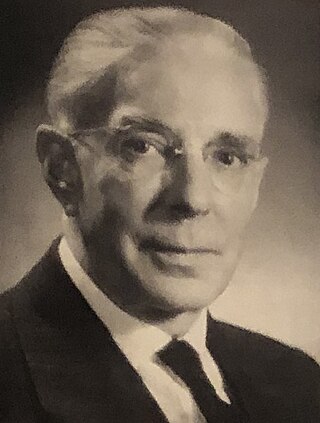Top Qs
Timeline
Chat
Perspective
Andrés Martínez Trueba
President of Uruguay From Wikipedia, the free encyclopedia
Remove ads
Andrés Martínez Trueba (11 February 1884[1] – 19 December 1959[2][3]) was the President of Uruguay from 1951 to 1955.
Remove ads
Remove ads
Background
Martínez Trueba was born in Montevideo and grew up in the Peñarol area, graduating from university with a degree in pharmaceutical chemistry.
Earlier career
He pursued a career as an army officer, and was a member of the Colorado Party, which ruled Uruguay for long periods. His combined army and Colorado Party links may be said to anticipate the sizeable support by members of the Colorado Party for the civilian-military administration of 1973-1985. He served as Mayor of Montevideo from 1947 to 1948. He was the president of Banco de la República Oriental del Uruguay from 1948 to 1950.[4]
Remove ads
President of Uruguay
Summarize
Perspective
He succeeded Luis Batlle as President of Uruguay from 1951 to 1952, as part of the Colorado Party. The Vice President of Uruguay during his period of office was Alfeo Brum, who had also served in that office under Luis Batlle Berres in his first term. In 1952 the new Constitution created the National Council of Government (Uruguay), and Martínez Trueba presided over it till 1955.
During Trueba's presidency, a number of progressive reforms were introduced. The number of school canteens and school milk services increased, as well as school psychology services, and new classes for handicapped children were opened.[5] A law was passed in 1953 to meet the requirements of the banking retirement fund, which in accordance with the BHU administered funds for housing loans. In 1954 a law was approved for members of the armed forces.[6] In 1953, pension eligibility conditions for working women became more liberal than those for working men, and in 1954 family allowances were extended to rural workers.[7] That same year a pension fund was set up for university professionals while a law was passed that, as noted by one study, “finally included all workers in the private sector in social security.”[8] As a result, death, invalidity and old age pensions were provided for all workers.[9] In addition, a 1951 law set up minimum wages and job categories for shearing.[10]
President Andrés Martínez Trueba was himself succeeded by Batlle on the latter’s assuming as President of the National Council of Government.
See also
References
Wikiwand - on
Seamless Wikipedia browsing. On steroids.
Remove ads

